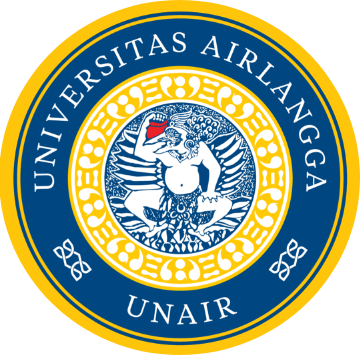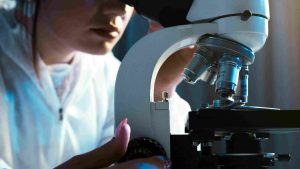Probiotics have been considered an eco-friendly approach to increasing the yield of aquaculture production through several mechanisms including maintaining water quality, growth performance, or survival rate of aquatic organisms. Some probiotic bacterial species have been reported to produce effective antimicrobial compounds against pathogenic bacteria, thus reducing the use of antibiotics in the aquaculture industry. Some probiotics have been documented to produce digestive enzymes such as protease, amylase, lipase, alginate lyase, and cellulase which help animal hosts to digest ingested diets. However, positive results of probiotic applications are mostly based on in vitro studies or small-scale in vivo trials in which all environmental conditions are easily managed and controlled. Meanwhile, the application of probiotics on large scales such as on commercial shrimp farms is still less investigated. Many studies had inconsistent results concerning the efficacy of probiotic treatments on shrimp survival and growth performance by in vitro and in vivo studies.
Some studies confirmed that the results of in vitro and in vivo studies are frequently uncorrelated. These inconsistent results were due to the fact that environmental conditions in commercial shrimp ponds could vary, fluctuate, and may be very difficult to control. The variation in environmental factors affects the health status of cultured organisms, which in turn may have different responses to the use of probiotics. Do these various limitations pose a question of whether probiotic strains can survive and significantly contribute to the quality of rearing water, digestibility, or disease resistance as reported by many in vitro or laboratory-scale studies? To address this question, there is a need for a study that will trace the composition and abundance of commercial probiotic species applied in commercial shrimp farms (pond and the intestinal tract of white shrimps) in an intensive aquaculture system using high-throughput sequencing.
Four commercial probiotic species (Lactobacillus plantarum, Lactobacillus fermentum, Bacillus subtilis, and Pseudomonas putida) applied in the commercial grow-out shrimp ponds could not be detected from the rearing water or intestinal tracts of the white shrimps. These results suggest that the probiotic species had low viability and adaptability in the rearing pond as well as the shrimp intestines when applied on commercial-scale farms. Thus, methods and strategies in probiotic application to commercial-scale shrimp farms should be evaluated and further developed to increase probiotic efficacy.
Author: Muhamad Amin
Lecturer at the Department of Aquaculture of the Faculty of Fisheries and Marine Sciences, Universitas Airlangga
Source: https://www.degruyter.com/document/doi/10.1515/opag-2022-0152/html









